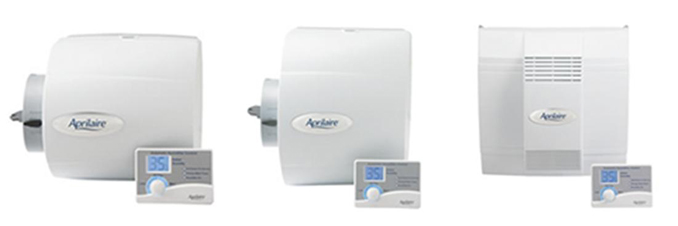If you’re battling with your thermostat during this freezing cold stretch of weather – you’re not alone.
Heating costs can really get out of control when the temperature is in single digits outside.
Here are some tips from DTE Energy to make heating your home more efficient and affordable:
Thermostats
You can save as much as 10% a year on heating and cooling by simply turning your thermostat back 7 ° -10 ° F for 8 hours a day from its normal setting.
Programmable Thermostat
Install a programmable thermostat. Homeowners can save about $180 a year by properly setting their programmable thermostats and maintaining those settings.
Temperature Settings for Heating Season
You can easily save energy in the winter by setting the thermostat to 68 ° F or as low as is possible while you’re awake and setting it lower while you’re asleep or away from home. Although thermostats can be adjusted manually, programmable thermostats will avoid any discomfort by returning temperatures to normal before you wake or return home.
Add Layers to Keep Warm
Instead of turning the heat up, dress appropriately for the weather and put on a cozy sweater and some warm socks. On cold winter nights, put an extra blanket on the bed and lower your thermostat another degree or two to save even more.
Adding Moisture to the Air
Typically, humidifiers are run during colder months when various types of heating systems tend to dry out the air in your home. Moist air feels warmer and holds heat better, so a humidifier can help you feel comfortable when your thermostat is set at a lower temperature.

Seal Then Insulate
Sealing air leaks around your home and adding insulation as needed can help your home be more comfortable and energy efficient and provide up to a 10% savings on your annual energy bills. Simple fixes include installing weatherstripping on doors and caulking around windows, while bigger jobs might include sealing leaks and adding insulation in your attic.
Cold Floors
Although some types of floor coverings will naturally feel cold on bare feet, insufficient insulation or air infiltration could be the cause for cold floors. Air sealing and insulation can help stop drafts and improve the comfort of your home. Contact a heating and cooling contractor to check if your heating and cooling system is providing enough air to each room.
Close Fireplace Damper
Keep your fireplace damper closed unless a fire is burning. Keeping the damper open is like keeping a window wide open during the winter; it allows warm air to go right up the chimney.
Keep the Air Flowing
Make sure that rugs, drapes or furniture are not blocking air flow to heating/cooling registers or baseboard heaters.
Turn Off Fans
Turn off kitchen and bath and fans within 20 minutes after you are done cooking or bathing. Also, when replacing exhaust fans, consider installing high-efficiency, low-noise models. ENERGY STAR-certified ventilation fans use 50% less energy than standard models.
Pre-Season Check-Up
Maintain your equipment to prevent future problems and unwanted costs. Keep your heating system at peak performance by having a contractor do annual pre-season check-ups. DTE provides rebates to help offset the cost on furnace or boiler tune-ups with combustion analysis! Contractors get busy once winter comes, so it’s best to check the heating system in the fall.
Clean/Replace Filters
Clean or replace furnace and air filters regularly– filters should be cleaned or replaced at least every three months. Dirty filters block air flow, causing your furnace and central air conditioning to work harder and less economically.


